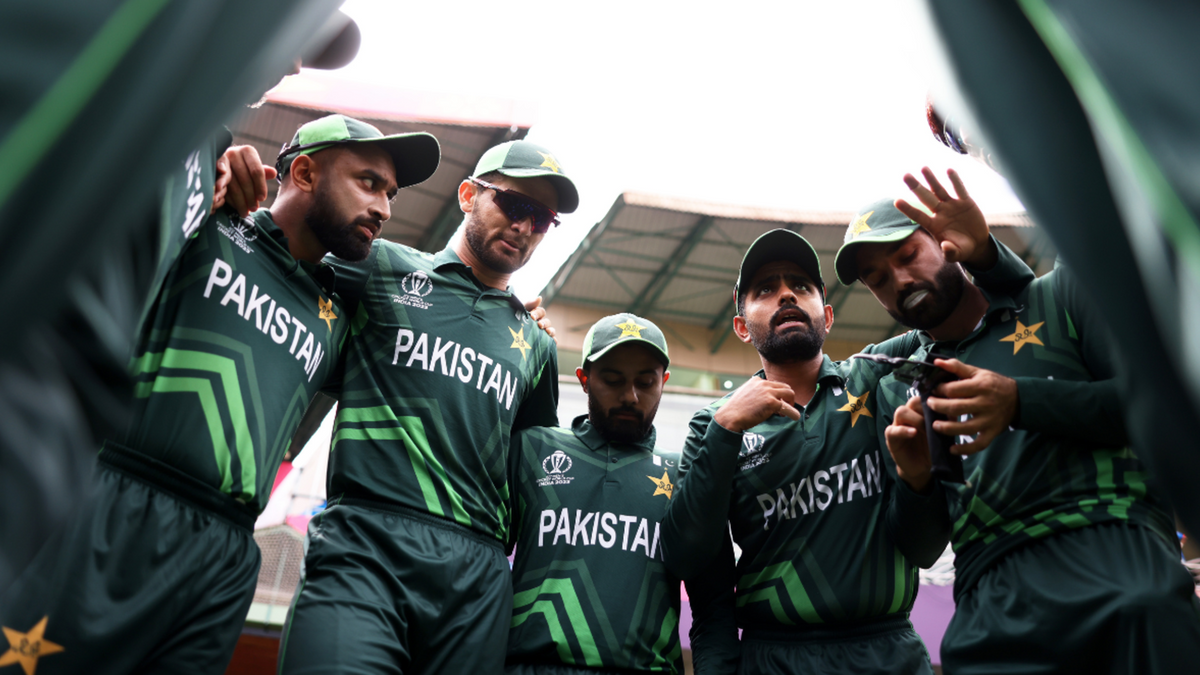
Pakistan finished the 2023 World Cup in fifth place, just outside of the knockout qualification spots. Despite some positive performances, their campaign was marred by on and off field issues which culminated in a below-par tournament. Here’s a rundown of where it went wrong.
To bet on the World Cup with our Match Centre Partners bet365 head here.
Opening partnership problems
Fakhar Zaman was under pressure coming into the competition following a run of low scores. He hadn’t passed 50 since April, and had a difficult Asia Cup campaign. While he’d been Pakistan’s run-scoring lynchpin over the previous few years, a score of 12 in their opening game against the Netherlands was enough to see him out to make room for Abdullah Shafique. But, Imam-ul-Haq’s inconsistent form meant Pakistan had to continue to shuffle their three openers around deep into the World Cup.
Fakhar’s magnificent century against New Zealand showed he still has what it takes, but it came already too late for Pakistan’s tournament. While, as a team, Pakistan’s opening partnership scored the fourth-most runs of the group stage, well above New Zealand and South Africa, they scored those runs at the second-slowest rate of all opening partnerships across teams.
The struggle for consistency, and the lack of power behind their top order, led to mounting pressure on an increasingly erratic middle order.
Babar-Rizwan middle-order dependency
Despite registering four fifties, Babar never really got going in the way Pakistan needed him to in this World Cup. The instability in the order below him and Mohammad Rizwan puts an added weight on them to perform. With the slowness and inconsistency of the top order, that weight was doubled.
You can draw a significant correlation between the matches Pakistan won and in the matches in which at least one of Babar or Rizwan scored runs. Pakistan’s numbers five to nine average 23.72 in the group stage, seventh in relation to the other teams at the World Cup. While the Babar-Rizwan engine room has held up Pakistan’s middle-order for a long time, World Cups require a collective over individuals, and proved to be a bridge too far.
Spin issues
No Pakistan spinner took more than four wickets in this World Cup. For a subcontinental team in a subcontinental tournament, that’s a dire state of affairs. The catalyst of the issue was Shadab Khan’s poor performances in the first half of their campaign, which forced them to rely on all-rounders who offered more use with the bat in the lower-middle order. The result was that both jobs ended up being done poorly. Spin was always going to be key in this World Cup, and that they didn’t have anyone who could be reliably used as an attacking option in that department was a fundamental flaw in Pakistan’s campaign.
Middle-over mediocrity
Haris Rauf was singled out before the tournament to make a big impact as part of a feared Pakistan pace attack. But, with his tournament at an end, he has instead set an unwanted record for the most runs ever conceded by a bowler a single edition in the history of the competition.
Pakistan look to Rauf to follow up once their opening big guns have sent down their first blistering bursts. He sustains the pressure throughout the innings. But, while he took 16 wickets in the competition, his expensive spells meant Pakistan were always searching for control. The injury to Naseem Shah, and Shaheen Shah Afridi being below his best, did put extra pressure on Rauf, but his role was their biggest flaw among the seam-bowling attack.
Off-field commentary
Everything about Pakistan’s campaign was made worse by the constant noise which surrounded them from back home. As the results started to spiral, a constant cloud of criticism followed Babar around, and left the team constantly defending themselves from a constant stream of quotes.
While some of the criticism levied towards them was justified, it only intensified the worsening on-field decision the playing group found themselves in. Ramiz Raja admitted Babar looked “depressed” when he spoke to him before Pakistan’s final match. If a World Cup going wrong doesn’t wear a captain down enough, constant criticism and a chaotic off-field context make it near-impossible to turn that campaign around.








